What does Pattachitra connote?
The term Pattachitra is a Sanskrit word. It can be broken into two words. Patta and Chitra. While Patta means cloth, Chitra is a picture. Joined together, the word Pattachitra can be loosely translated as a picture painted on cloth.

Raghurajpur – the hub of the art form
Raghurajpur, a quaint village located on the way to Puri, would have otherwise been in oblivion had it not been for its association with one of the most famous art forms of Odisha. It is known for being the place from which the painting originated. The profession of every household in this village is Pattachitra painting. Their love and passion for the craft is inexplicable.
The entrance to the village is a magnificently adorned gateway. Some colourful snippets of the paintings start playing peekaboo as one reaches the entry point. There’s just a single lane, which has houses on both sides. This is the cradle where this beautiful art form blossomed centuries ago.
Predominant themes of the painting
The origin of the art form dates back to the 12th century AD, making it one of the oldest art forms in the country. These paintings are scroll paintings that are predominantly centred around the themes of Lord Jagannath and the various avatars of Lord Krishna. Besides narrating the stories of Lord Krishna and his incarnations, it also has intricate flowers, foliage, and other elements from nature on the canvas.
There are two kinds of Pattachitra; one is known as ‘Jodano Chitra,” where ‘jodano’ means wrapped, and consists of a long vertical or horizontal scroll with different squares depicting different facets of a story or incident. The second one is known as a ‘Chouko chitra,” where ‘chouko’ stands for square, and it consists of an isolated painting depicting a mythological incident.

The Artist and their modus operandi
The painters are known as patios or Chitrakars, and they are said to have inherited their skill for Pattachitra paintings from their ancestors. The canvas consists of pieces of cotton that are covered with a special tamarind paste, and once the paint dries, the painters start directly drawing on it without any initial sketches. The paints that are used in Pattachitra are not traditional paints. Instead, they are derived from natural sources such as berries, tree bark, etc. Making these paints is a skill in itself. The white colour that is used in Pattachitra paintings is made by grounding seashells.
Pattachitra on Palm Leaves
‘Tala Pattachitra’ is a unique kind of Pattachitra where the paintings are drawn on strips of palm leaves that are stitched together. The palm leaves (called Patta, a Sanskrit word) that form the canvas are carefully prepared by the artists through a meticulous seasoning process before they proceed to do the painting.
A sharpened iron stylus is used to etch the drawing on the leaves with the utmost care and attention. There is no room for error, as carelessness would break the leaf, so a very fine balance and accuracy are needed. After the drawing is inscribed, they rub lamp black over it and clean it, giving a fine black colour to the carvings. The rest of the surface gets cleaned.
Each Pattachitra painting is a masterpiece in itself, and no wonder they are now globally recognised and famous. Pattachitra paintings are a treat to the eyes and solace to the soul and mind. As much as you soak in their intricacy, richness, and grandeur, it will never be enough. Own a Pattachitra to know for yourself!






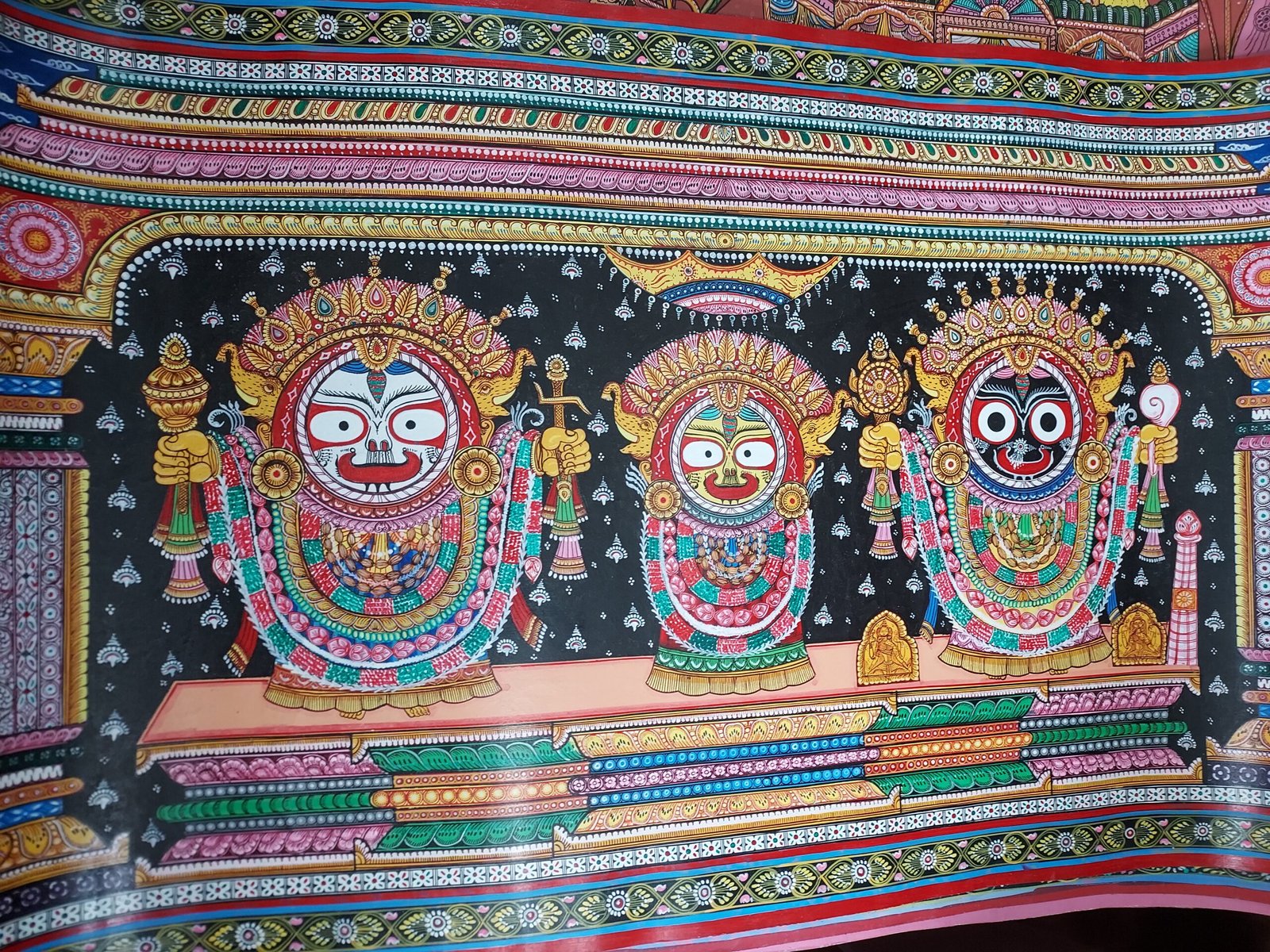
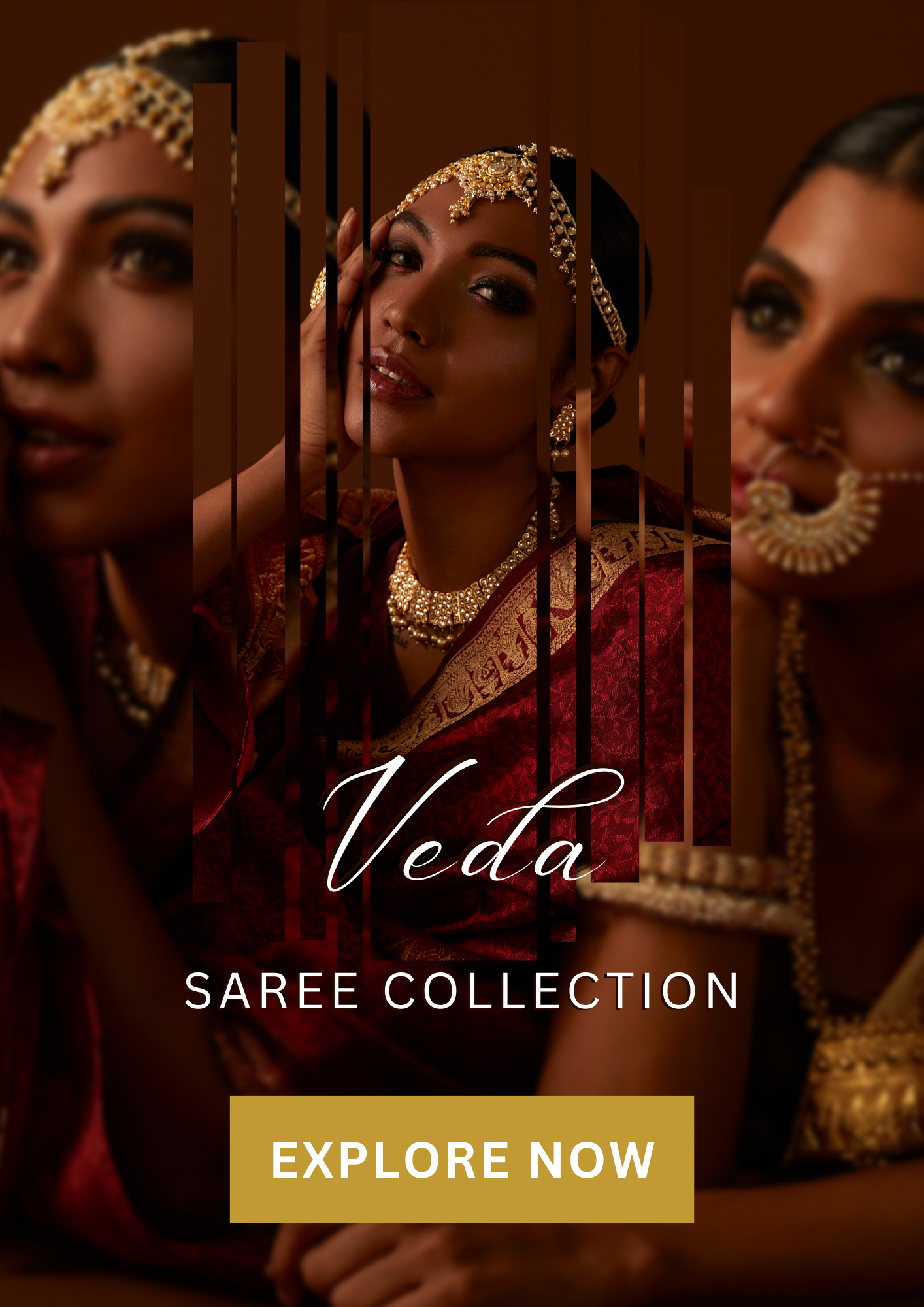
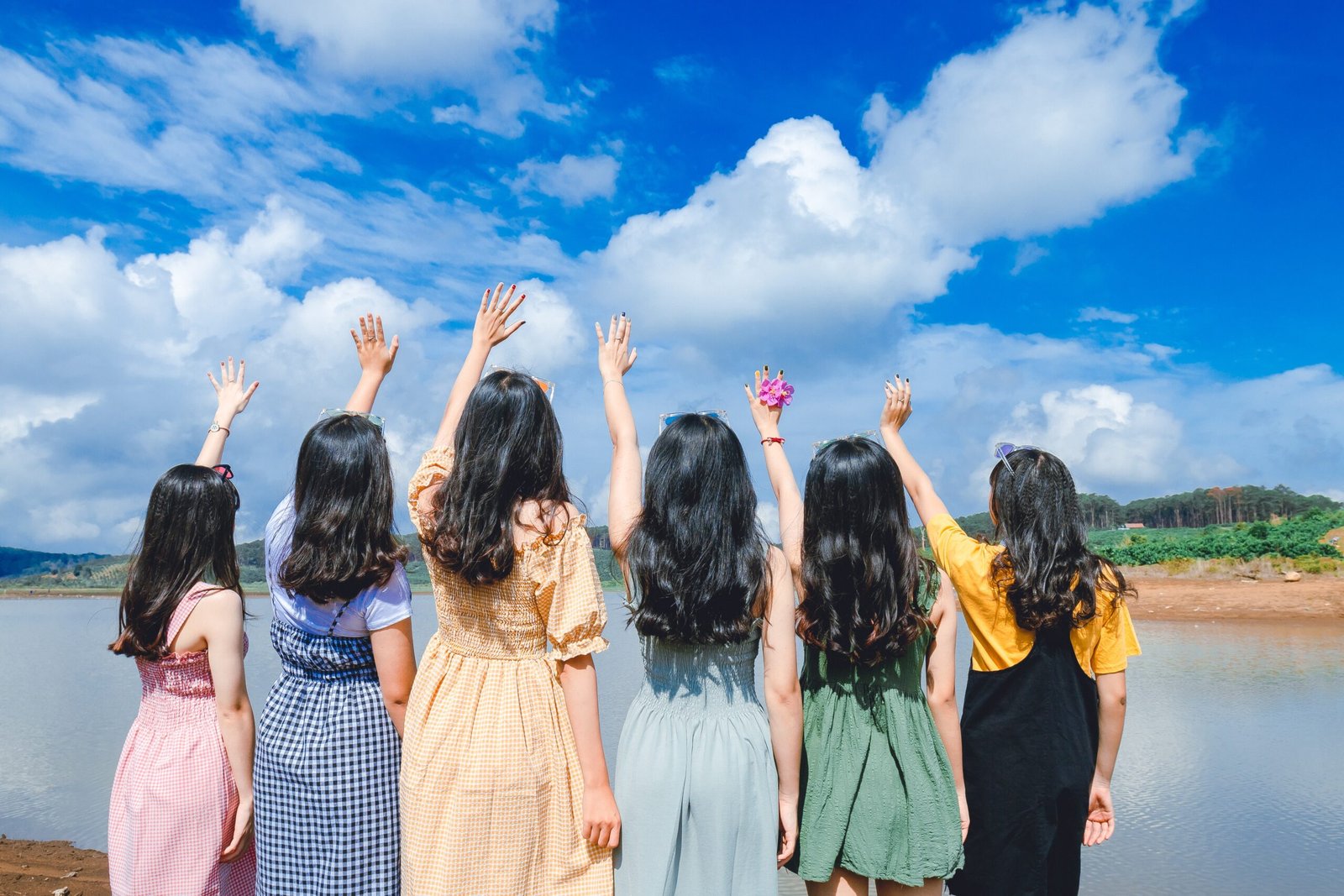

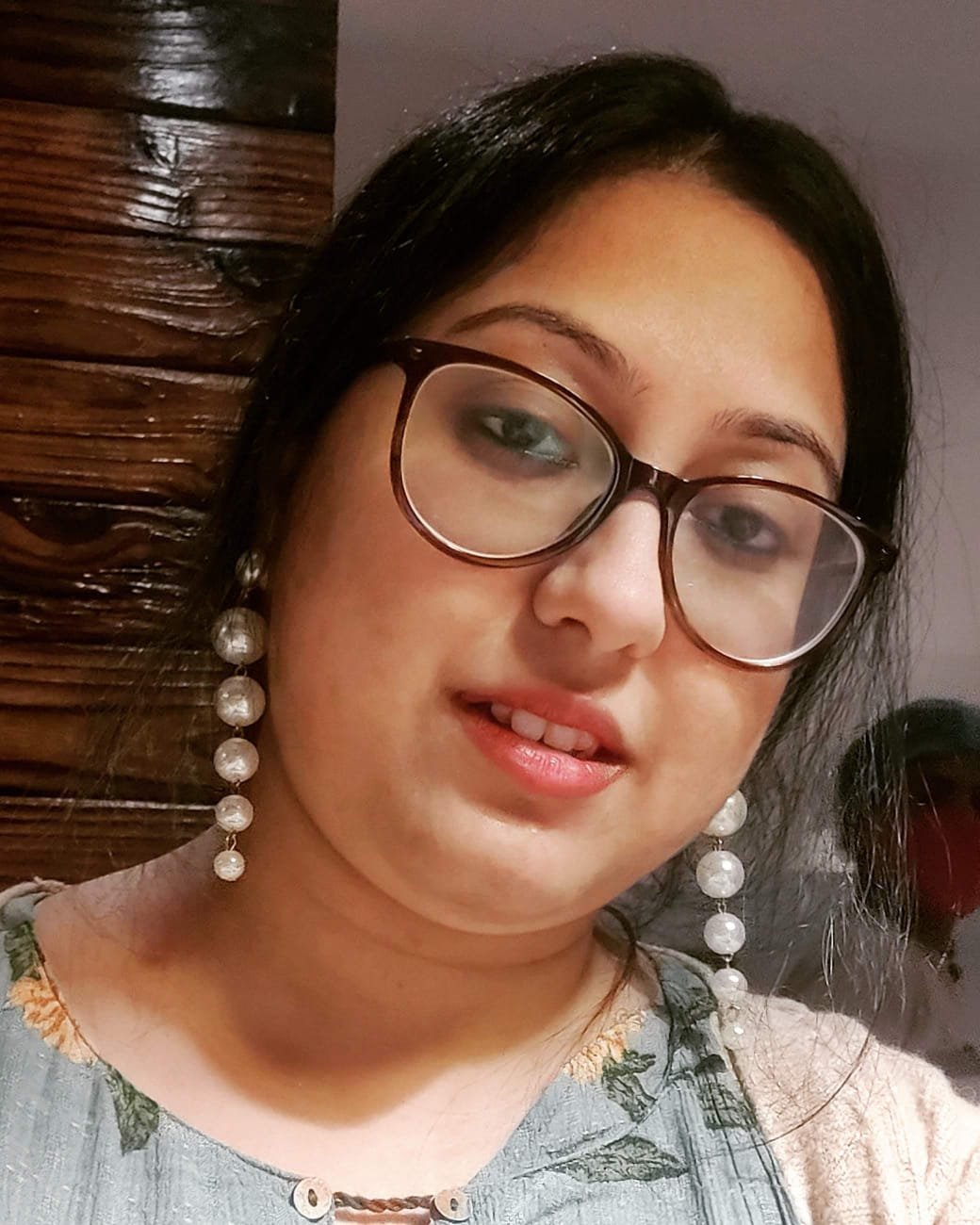
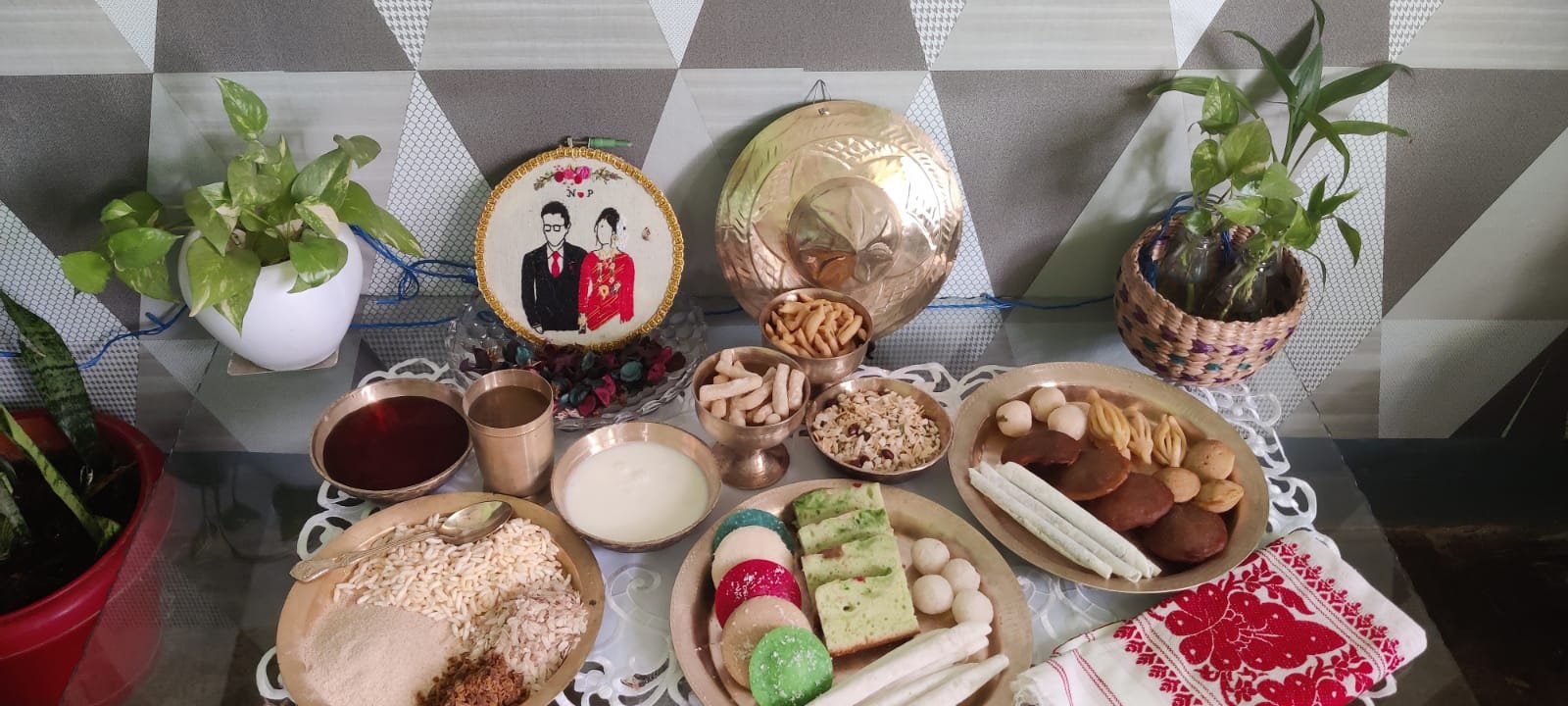
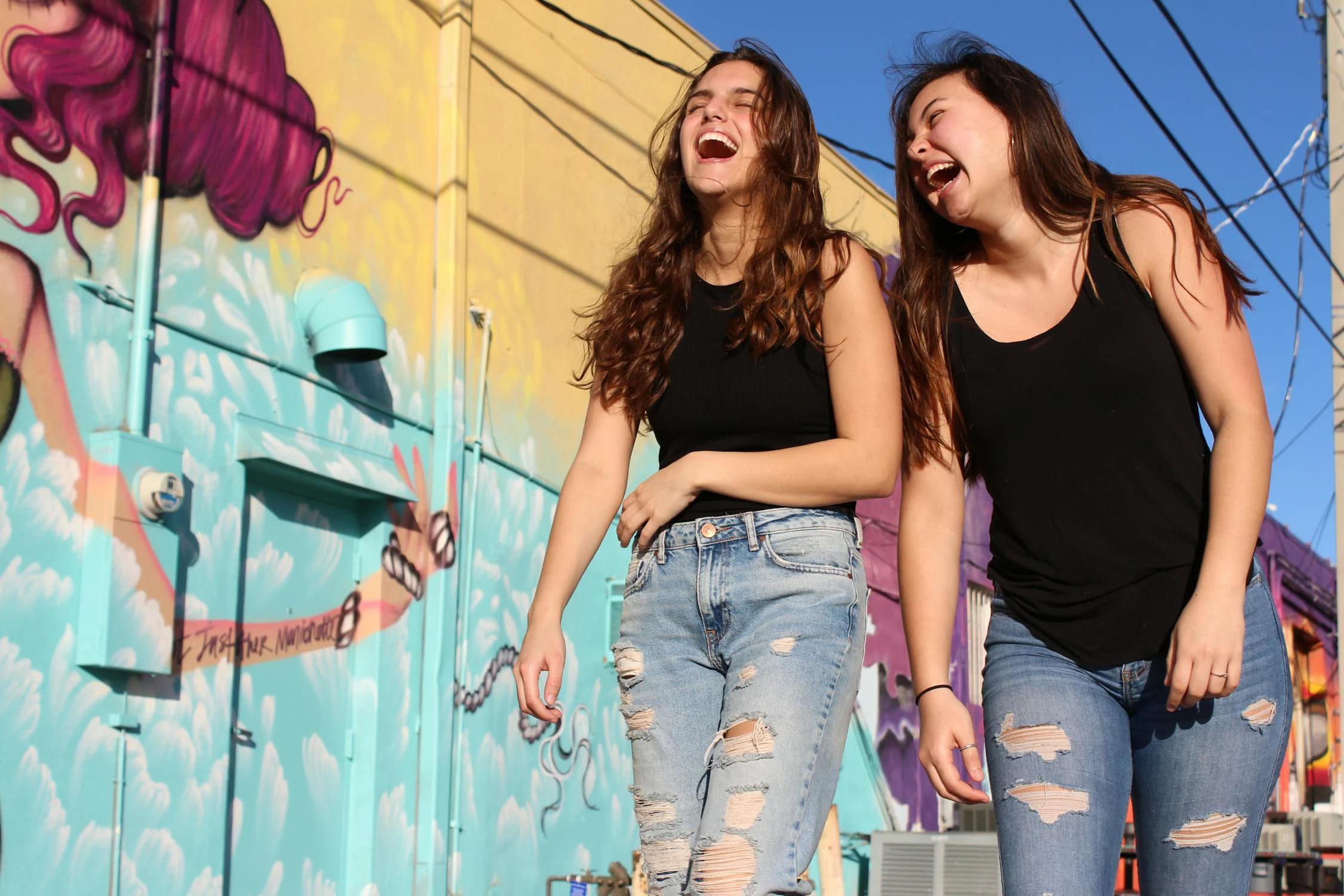

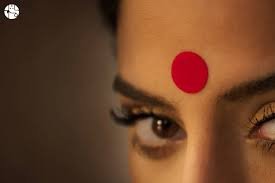
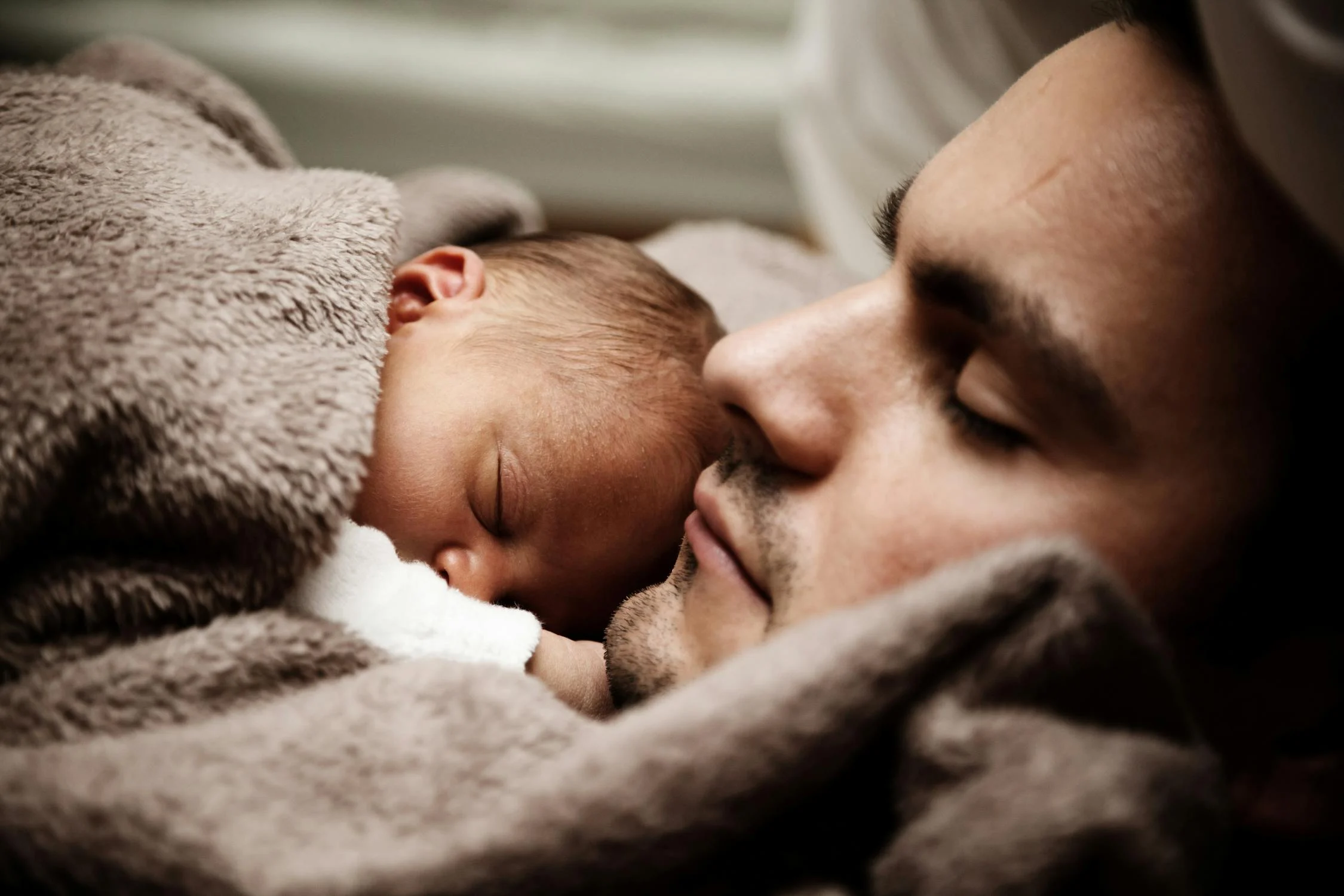

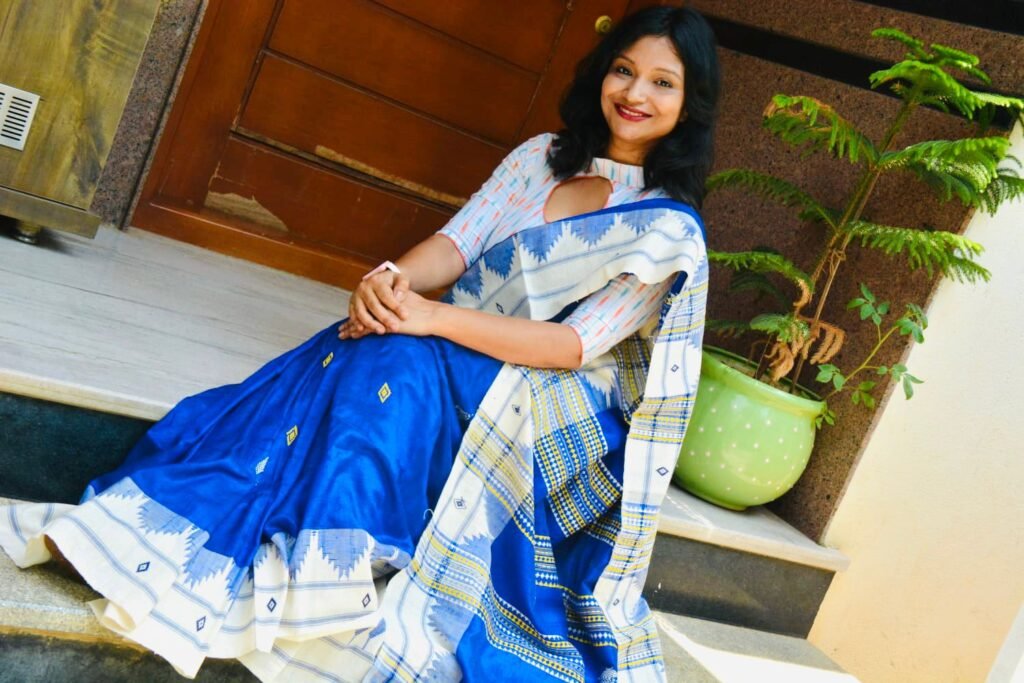
Facebook Comments